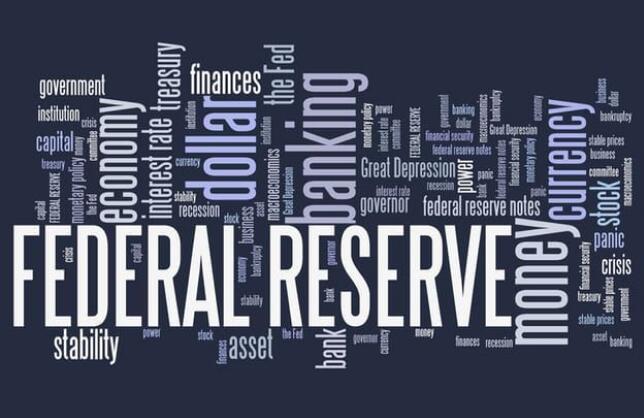The Federal Reserve’s dovish tone grabbed most of the headlines last week. Based on the reactions in the Treasurys, stock market, U.S. Dollar and gold, it looks like investors were reading a crystal ball rather than the Fed’s monetary policy statement. Traders felt so strongly the Fed had sent a message that lower rates were coming that they drove the benchmark 10-year Treasury yield below 2% for the first time since late 2016, and the chances of a rate cut at its July meeting to 100%.

This was interesting because the Fed never said it was preparing to cut rates. It never gave a specific timetable for future rate cuts, but the “dot plot” projections signaled at least one cut before the end of the year. Additionally, policymakers dropped the word “patient” in their policy statement, and Fed Chair Powell acknowledged at his press conference that the case for policy easing had strengthened.
Those are the facts that investors ran with last week to drive yields and the dollar lower, and gold and stocks sharply higher.
What about the Vote to Hold Rates Steady?
Overlooked, however, was the importance of the vote to hold rates steady in June. Federal Open Market Committee members voted 9-to-1 to hold its benchmark short-term rate steady at last week’s meeting with St. Louis Federal Reserve President James Bullard as the sole dissenter. Investors want to know what it is going to take to get the other members on board for a rate cut as early as July 31.
This Week’s Fed Speakers
This is important this week for traders because both Powell and Bullard are scheduled to speak on Tuesday. While most investors will be focused on Powell, I believe traders will gain an edge if they listen to what Bullard has to say.
Powell speaks at the Council on Foreign Relations on Tuesday. According to reports, he is expected to talk about big picture events like the broader challenges of the Fed. He’ll move the markets if he comments on what it is policymakers are looking for to determine whether they are going to cut in July or not.
Bullard, on the other hand, is scheduled to speak at a roundtable dinner organized by MNI News. Without a specific topic, Bullard will be free to talk about what data other members will be looking at when they make their interest rate decision next month.
What We Know So Far…
On Friday, Bullard said he wanted to cut interest rates last week to guard against an outlook of slowing growth and weak inflation.
In a brief statement posted on his bank’s website, Bullard said that lowering interest rates this week “would provide insurance against further declines in expected inflation and a slowing economy subject to elevated downside risks.”
Bullard also said a quarter-point rate cut this week would have been the most appropriate course of action. He also cited the substantial decline in core and headline inflation, which are running about 40 to 50 basis points below the Fed’s 2% inflation target.
Furthermore, Bullard added that the drop in inflation is unlikely “transitory” which the Fed believed for several months. He further added that economic growth is expected to slow the rest of the year and uncertainties about the outlook have “recently increased.”
Finally, Bullard implied a rate cut now could act like insurance. “Even if a sharper-than-expected slowdown does not materialize, a rate cut would help promote a more rapid return of inflation and inflation expectations to target,” he said.
What others are saying…
Fed Vice Chairman Richard Clarida, who voted against a rate cut in June, stressed that he thought the economy would continue to grow but tied rising worries to global trade tension.
“I think our outlook is for a sustained economic expansion. We could see some moderation in growth this year, but the economy’s baseline outlook is good: sustained growth, a strong labor market and inflation near our objective,” he said.
Clarida also said, “We have the tools necessary to sustain expansion, a strong labor market and stable prices and as appropriate we will deploy those tools to achieve those goals.”
Minneapolis Fed President, Neel Kashkari, a non-voter this year, said, “ I believe the FOMC should take strong action to re-anchor inflation expectations at our 2% target and support strong job growth, higher wage growth, and sustained economic expansion.

